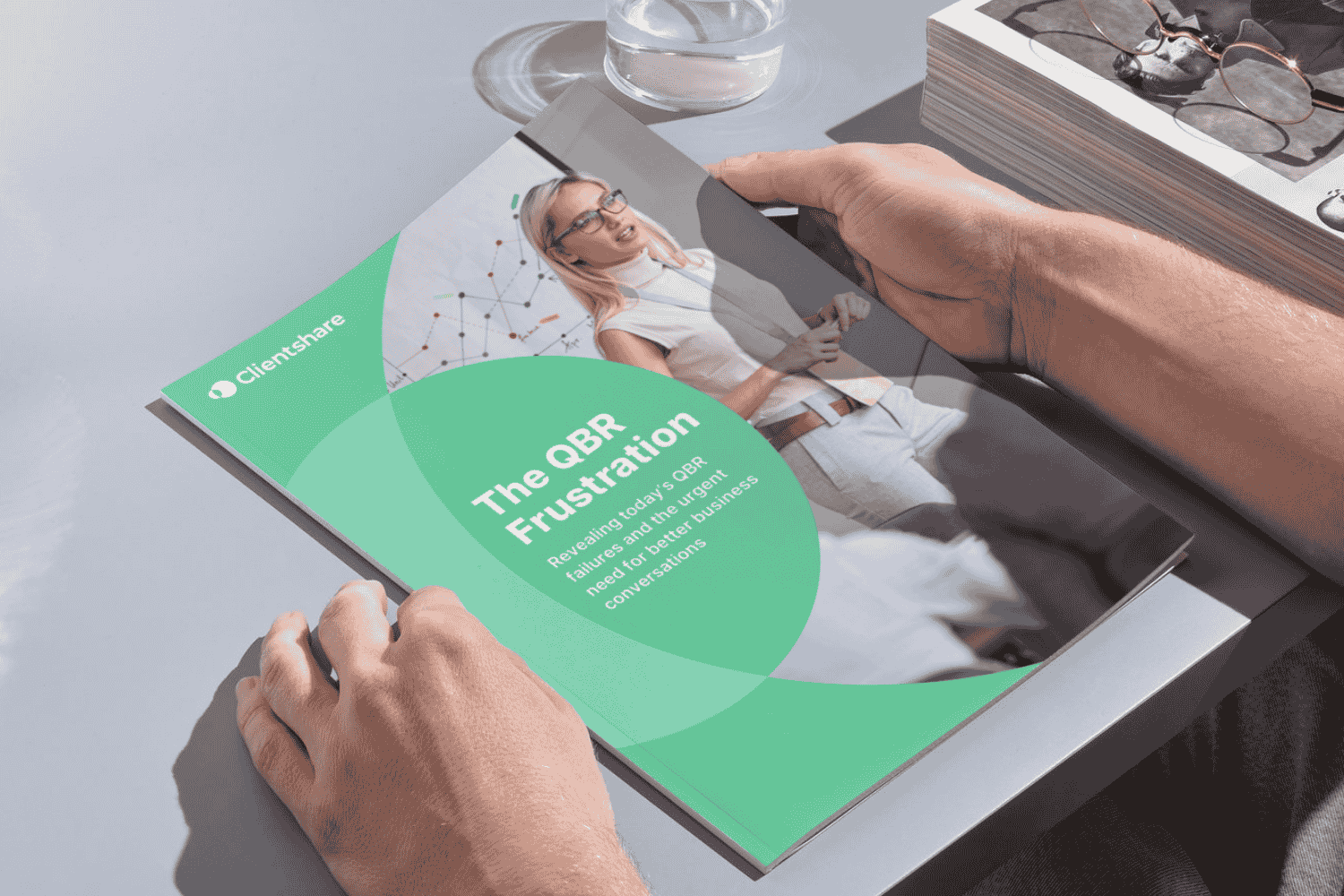
QBRs have evolved from routine performance reviews into critical business discussions that determine the strength of supplier-buyer relationships. While suppliers overwhelmingly recognise their importance, many still struggle to structure QBRs effectively, demonstrate measurable value and meet growing buyer expectations.
Research shows that, with customer scrutiny increasing, it’s clear that QBRs must evolve. Suppliers who master them can build trust, strengthen relationships, and unlock new opportunities, but those who fail to deliver risk losing key accounts.
Why do QBRs matter?
1. QBRs are the best time to show value
Both suppliers and buyers agree that QBRs are the best opportunity for demonstrating value and innovation:
- 71% of suppliers say QBRs are their top opportunity to showcase value.
- 68% of buyers say they rely on QBRs to evaluate supplier performance.
- By contrast, only 8% of suppliers and 14% of buyers believe ad-hoc emails are effective for demonstrating value.
- Yearly reports are losing traction, with only 21% of suppliers and 16% of buyers seeing them as the best format for assessing value.
Suppliers who fail to deliver high-quality QBRs risk being overlooked, undervalued, or even replaced.

2. QBRs must go beyond reporting
While QBRs are widely seen as the best moment to prove value, many suppliers struggle with unstructured, ineffective processes. Clientshare’s CEO, James Ward, explains:
“Many suppliers are running ineffective, unstructured QBRs that, in many cases, do more harm than good. Suppliers know they need to improve, but they’re not sure where to focus their efforts.”
Instead of treating QBRs as backward-looking performance reviews, suppliers must shift the focus to strategic alignment, innovation and problem-solving.
3. QBRs can be a dynamic response to buyers’ needs
Not all industries or customers approach QBRs the same way. As Dan Eckett, Client Solutions Director at SEKO Logistics, explains:
“We ask customers what they want from QBRs, whether it’s data points, SLA reporting, or strategic development plans. There’s no point delivering a one-size-fits-all approach.”
The takeaway? Suppliers must tailor QBR content to customer-specific needs rather than delivering generic, one-way reports.
How can you improve your QBRs?
Make QBRs strategic – Use them for shared goal setting and innovation, not just performance reviews.
Show measurable value – Customers expect data-driven evidence of success, from cost savings to efficiency improvements.
Be ready for scrutiny – With 82% of suppliers facing increased evaluation, QBRs must clearly demonstrate ROI and differentiation.
Customise for each customer – Align your content, structure and KPIs to meet each customer’s unique business objectives.

Final thoughts
QBRs are now the most important moment in supplier-buyer relationships. But for suppliers to fully leverage them, QBRs must be structured, forward-thinking, and tailored. Suppliers who master this will strengthen relationships, drive collaboration, and secure long-term partnerships. Those who continue with generic, ineffective QBRs risk falling behind in an era where customers demand more transparency, impact, and innovation than ever before.
Read more:



-1.jpg?width=316&height=178&name=The%20power%20of%20combining%20QBRS%20w.%20CSAT%20%26%20NPS%20(landscape)-1.jpg)
